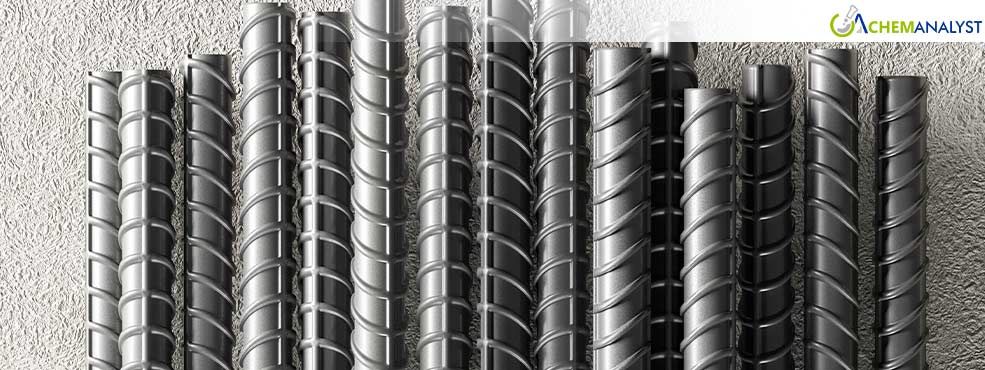Welcome To ChemAnalyst

With the week ending on April 25, Global steel rebar markets entering a phase where supply-side initiatives are outpacing immediate demand recovery.
Key Takeaways
USA
US steel rebar prices have decreased after rising imbalance between growing supply and languid demand. Domestic supply factors are going through serene but emerging changes, and structural changes begin to gain traction. Most important among them is Hyundai Motor Group of South Korea having legalized an agreement with POSCO Holdings for powering steel making in the US. One of the strategic alliances is securing POSCO's investment in Hyundai Steel's new $6 billion electric arc furnace (EAF) plant expansion in Louisiana. The plant has an annual capacity of 2.7 million metric tons of steel and will be used to produce high-quality steel for the automotive market. The project is a step towards greener steel-production and signifies POSCO's growing presence in North America. Demand for Steel Rebar, however, is falling behind supply as of now. While foreign orders are slowing, domestic steel stocks continue to rise, reflecting an obvious supply-demand imbalance.
Germany
Prices of German steel rebar fell, as supply and demand dynamics changed. On the supply side, manufacturing activity increased. European producers of steel rebar are under increasing pressure from low-priced imports. For example, Vietnam has large part of heavy port inventories of non-cleared imported material. Those volumes, brought in before the quota limit was reached, continue to weigh heavily on the market. Though Vietnam's Q1 quota import duty into the EU has passed already, 8–10% higher tariffs have not substantially dissuaded inflows. As the European Commission prepares to fine-tune the quota scheme in Q2, local producers are gearing themselves up for further potential changes in trade policy. All this stirs’ ripples through the steel landscape, enhancing competition across all categories of products. Furthermore, underlying demand in Germany and wider Europe is soft overall, especially among sectors that in the past underpin steel rebar demand like construction, infrastructure and residential buildings. Soft demand in steel rebar for end-use industries, especially cars, also show muted activity all around.
China
Chinese steel rebar's price declined as the difference between dwindling demand and constricting supply widened. On the supply side, China's steel production environment is gaining momentum with more industry collaboration. An example of this is Bengang Steel Plates' recent joint venture with Ansteel Green Gold Industry, supported by a RMB 60 million investment. This partnership optimizes networks of scrap materials and enhances upstream logistics, positioning Bengang to better manage procurement of raw material. These are not merely strengthening regional supply chains but also increasing domestic availability of steel rebar. Demand is, however, turning towards depletion, particularly in the export market. Growing tariff tensions between China and the US have cast a cloud over trade flows, diminishing foreign markets to uncertainty for Chinese producers. Exporters are increasingly becoming anxious, taking care of their inventories with the likelihood of future disruption at the back of their minds. This is taking the shape of a lower offtake of steel rebar, curbing aggregate demand in the local market.
According to ChemAnalyst, prices of Steel Rebar in the United States, Germany and China may decrease, due to sufficient supply globally and deteriorating export prospects may pose a significant challenge.
We use cookies to deliver the best possible experience on our website. To learn more, visit our Privacy Policy. By continuing to use this site or by closing this box, you consent to our use of cookies. More info.
